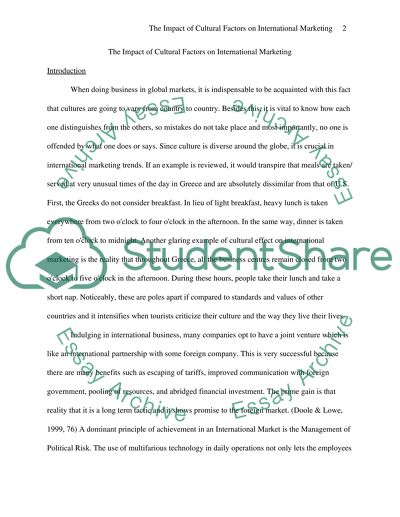Cite this document
(“Literature Review/ dissertation Example | Topics and Well Written Essays - 4000 words”, n.d.)
Retrieved from https://studentshare.org/family-consumer-science/1411642-literature-review-dissertation
Retrieved from https://studentshare.org/family-consumer-science/1411642-literature-review-dissertation
(Literature Review/ Dissertation Example | Topics and Well Written Essays - 4000 Words)
https://studentshare.org/family-consumer-science/1411642-literature-review-dissertation.
https://studentshare.org/family-consumer-science/1411642-literature-review-dissertation.
“Literature Review/ Dissertation Example | Topics and Well Written Essays - 4000 Words”, n.d. https://studentshare.org/family-consumer-science/1411642-literature-review-dissertation.


